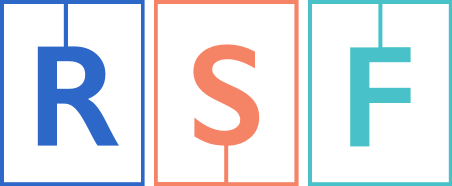User Personas

You and your team need to understand the range of behaviors to expect in a scenario, based on differing user goals. Coming out of a well-crafted Study Plan and sets of User Interview, model the driving needs behind user behavior, working from Well-Managed Data and Sensemaking Workshop.
The challenge
Different people may use—or expect to use—the same product in a variety of ways. Understanding the range of behaviors at play is tactically helpful, but you need to be able to predict which behaviors might occur, with a convincing story of why, for the research to be strategic and actionable.
Organizations also need a common reference of user needs without commissioning or consuming new research each time. It’s hard to align on the context in which teams understand specific goals or behaviors—you need boundaries agreed upon for context-specific models, to avoid getting lost in arguments over the perceived validity of unique cases.
The approach
The original framing for personas-as-design-artifact was laid out by Alan Cooper in the Goal-Directed Design methodology. These personas, coupled with scenarios, are tools that allow designers to identify and act on specific, goal-oriented behavior. Consider how the different goals underneath peoples' behavior will drive them to action, and which scenarios are most important for this action to unfold. The patterns beneath consistent behaviors that can "predict" how a potential user will act with a product or service are the basis for establishing useful user-goals at a variety of levels.
Therefore, map out meaningful differences in patterns of behavior to identify the underlying goals that dictate the range of behaviors in the scenario of interest. Target a limited, product- or service-oriented scope of behaviors. Synthesize meaningful goals that drive those patterns based on behavioral and contextual research. Encapsulate these goals and their potential actions by building personas as behavioral archetypes for scenarios of interest.
For user personas to be an effective design tool, they must be scoped to a specific product offering or product line. They should allow for teams to “play” the user experience through scenarios of action, both observed and hypothesized. Personas that do not help predict discrete patterns of behavior built from synthesized user goals may be useful for segmenting customers and targeting them, but do not usefully drive design.
Effective Reporting is the first step of the larger work of User Needs Inception. Use behavioral personas in Research-Driven Design Project or create the space for meaningful work in the Product Roadmap. Teach the team about the process and how they can use the tool for Research Evangelization.

.png)
.png)